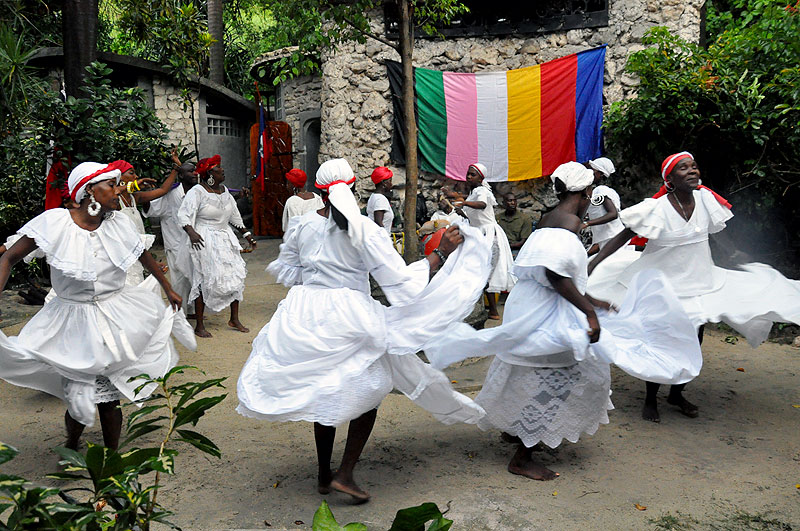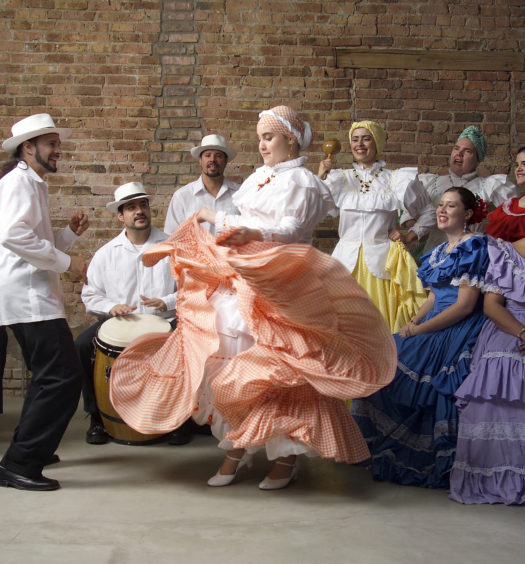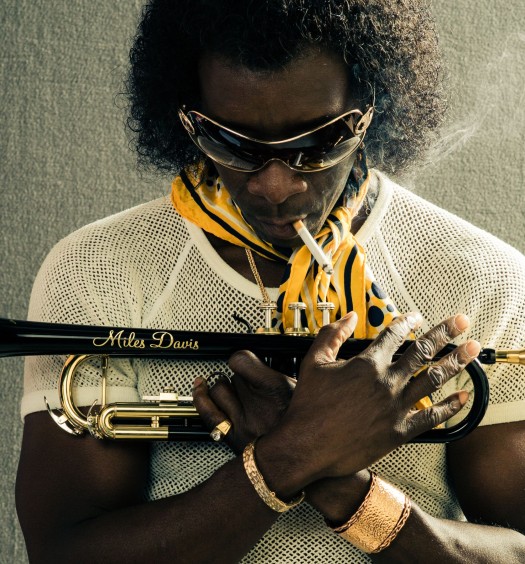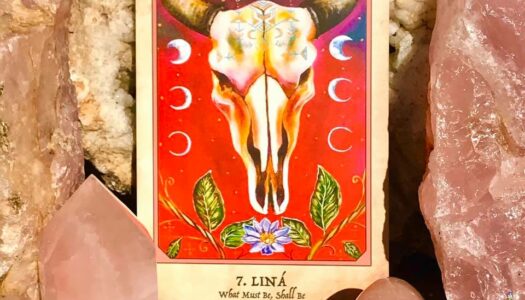Harvard scholar Henry Louis Gates Jr. explores how Africa and Europe came together to create the rich culture of Latin America and the Caribbean. The six nations featured in this four-part series are Haiti, the Dominican Republic, Cuba, Brazil, Mexico and Peru. During his journey through the area, Gates discovers vivid stories and people marked by African roots.
Haiti & the Dominican Republic: An Island Divided
In the Dominican Republic, Professor Gates explores how race has been socially constructed in a society whose people reflect centuries of inter-marriage, and how the country’s troubled history with Haiti informs notions about racial classification. In Haiti, Professor Gates tells the story of the birth of the first-ever black republic, and finds out how the slaves’s hard fight for liberation over Napoleon Bonaparte’s French Empire became a double-edged sword.
In Cuba Professor Gates finds out how the culture, religion, politics and music of this island are inextricably linked to the huge amount of slave labor imported to produce its enormously profitable 19th century sugar industry, and how race and racism have fared since Fidel Castro’s Communist revolution in 1959.
In Brazil, Professor Gates delves behind the façade of Carnival to discover how this ‘rainbow nation’ is waking up to its legacy as the world’s largest slave economy.
In Mexico and Peru Professor Gates explores the almost unknown history of the significant numbers of black people—the two countries together received far more slaves than did the United States —brought to these countries as early as the 16th and 17th centuries, and the worlds of culture that their descendants have created in Vera Cruz on the Gulf of Mexico, the Costa Chica region on the Pacific, and in and around Lima, Peru.
http://www.pbs.org/wnet/black-in-latin-america/













